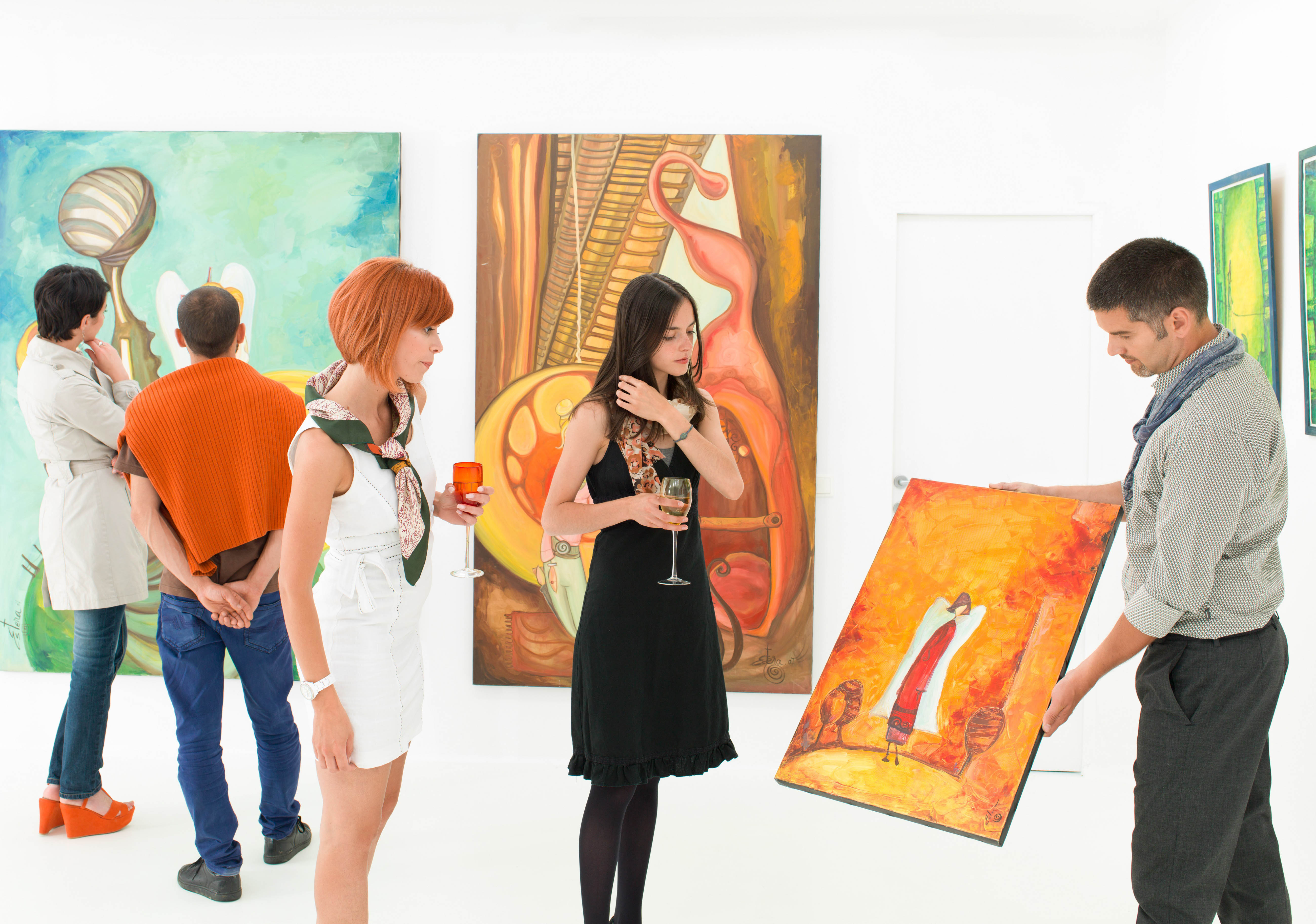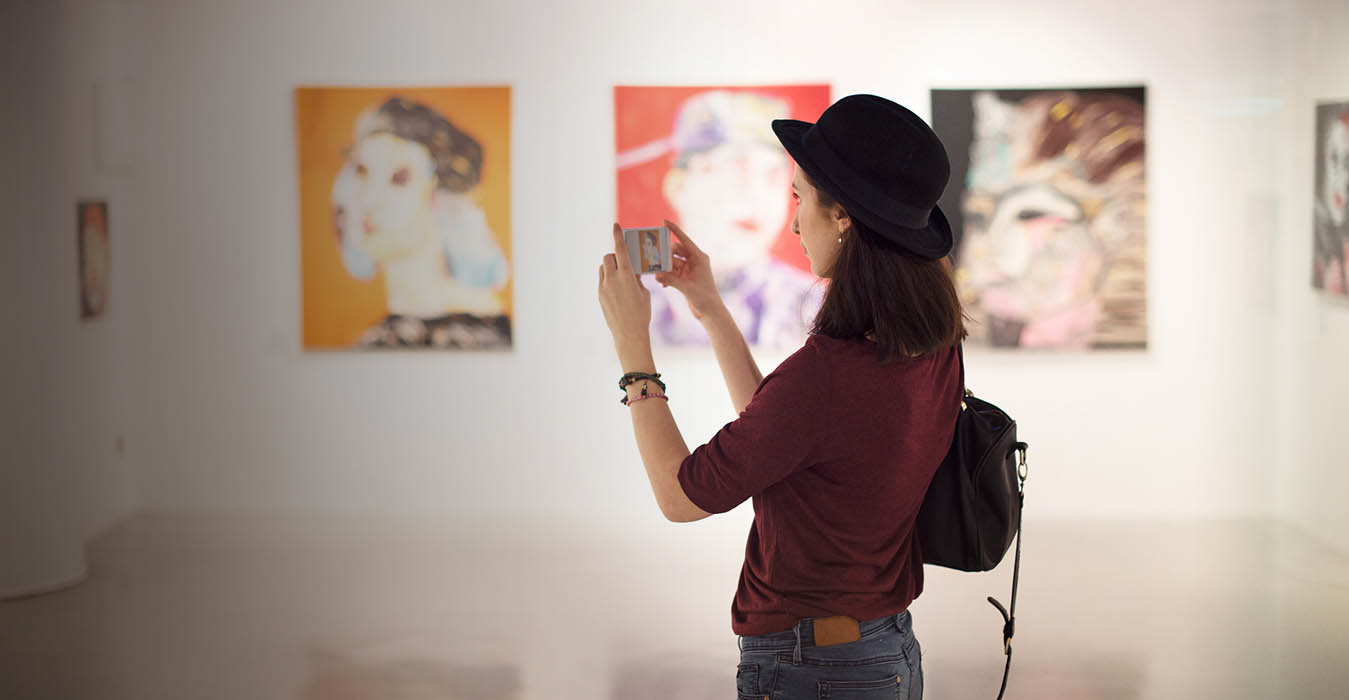The value of paintings and sculptures can appreciate even when the stock market hits rock bottom, signifying that art is not correlated to market performance, making it a good diversification choice.
Uncertainty in financial markets is prompting many investors to diversify their investments into tangible assets, such as watches, art and wine.
"Art investment, an alternative asset class, is an effective way to add diversity to a traditional portfolio, because they are not directly linked to movements in stocks and bonds," said Ms Alice Tan, Head of Maybank Private Wealth Singapore and Products and Investment Solutions.
Understand the asset class
Art was one of the top performing asset classes in 2019 Knight Frank Luxury Investment Index, registering a 9% price growth over a one-year period and ranking ahead of watches and cars.
Art investments can be "passion plays", where the motivation is not just profit but also personal interest.
Going into art investment is not without risks. Art investment is an illiquid asset, and takes time to find the next buyer. Moreover, artworks do not generate cash flow for the owner, except there may be some income from lending to galleries for display. Keeping an art collection incurs storage and insurance fees.
Know the value of art
Art can be a particularly challenging asset class to understand. The market value of an artwork is rather subjective, and depends on factors such as history of ownership, art piece condition and quality, authenticity and appraisal value.
When an artist has been featured in credible galleries or his/her works have been acquired by well-known museums, the artist's artworks stand a higher chance of fetching a better price. Art pieces by younger or lesser-known artists are likely to cost less, but they are also going to be the hardest to valuate due to the lack of an industry benchmark.
New investors are encouraged to spend time familiarising themselves with the market fundamentals by visiting auctions and galleries and speaking to dealers and experts. Maybank Private collaborates with art advisory firms to provide consultation on art collections, assessment and negotiation.
Ms Tan said, "Investors are also encouraged to research on any artist whose work they plan to buy; to consider his or her style and quality; and to assess this against their own investment objectives and timelines."
Start collecting pieces you like

Contemporary works by living artists which cost under US$50,000 represent the bulk of art sales. While prices can range from a few hundred dollars to millions of dollars, starting with lower-priced investments would be the most sensible way.
For the uninitiated, there are plenty of art galleries and fairs in this region. Visitors thronged ticketed art shows where they can find a good number of leading galleries that represent works from emerging artists exhibiting under one roof.
When you find artworks that you like, you should learn about the artist and look online at auction house websites or historical price database sites for past sales results.
Ms Tan commented, "One big draw of art investment is having the pleasure to appreciate aesthetically pleasing art pieces adorning your home or office every day. Compared to equities or bonds, art is tangible and visible."
If one loves and enjoys what one owns, that is perhaps the greatest dividend.

the bottom line:
Art is appreciated - both in aesthetics and in value.
 Linkedin
Linkedin Facebook
Facebook Email
Email Whatsapp
Whatsapp Telegram
Telegram
